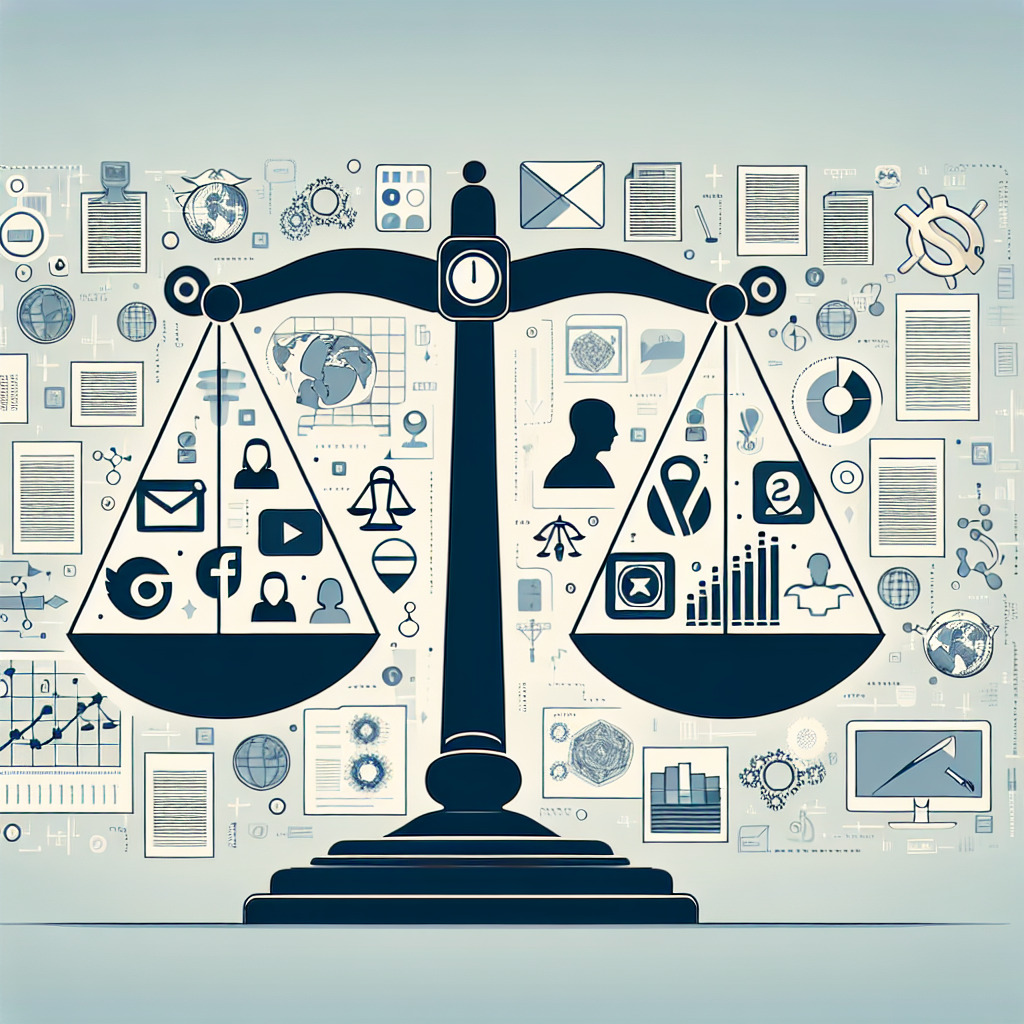Key Takeaways
## Unpacking Social Media Bias
In today’s digital age, social media platforms are often accused of censoring conservative voices. A recent study, however, aims to dismantle the notion that social media bias is solely responsible for this perceived censorship. The study sheds light on the complexities of how content is managed and displayed on these platforms.
### Understanding the Study’s Findings
The investigation into the alleged bias highlights the intricate algorithms that govern content distribution. These algorithms are designed to enhance user experience by delivering what each user finds most engaging. Critics have long argued that these algorithms are skewed against conservative viewpoints. However, the study emphasizes that the reality is far more nuanced.
#### The Role of Algorithms
Algorithms are at the heart of content visibility on social media. They are sophisticated systems designed to sift through massive amounts of data to prioritize what each user sees. These systems take into account several factors:
– **User engagement history:** Platforms analyze what users have liked, shared, or commented on to tailor future content.
– **Content trends:** Trending topics are promoted regardless of political bias, influencing exposure.
– **Policy compliance:** Content that violates terms of service—often for hate speech or misinformation, which can sometimes intersect with political content—is filtered out.
#### Policies and Their Impact
Social media companies have established community guidelines to maintain a respectful and safe online space. While critics argue these policies unfairly target conservative individuals, the study clarifies that enforcement is based on content rather than source. Often, conservative content may inadvertently breach these guidelines, resulting in its removal or reduced visibility.
### The Influence of User Engagement
User engagement plays a significant role in defining what content becomes widespread. Engagement metrics such as likes, shares, and comments are crucial in determining a post’s reach. It is not the political bias of the platform but the interaction of users that often drives content visibility.
– **Virality and Reach:** Content that garners high engagement can go viral, irrespective of political orientation. The study indicates that this virality is often mistaken for bias when one side’s content doesn’t achieve similar traction.
– **Social Sharing**: Encouraging followers to share and comment on content can significantly affect its visibility, demonstrating that active participation often trumps perceived bias.
### Misinterpretations and Their Consequences
While the study argues against inherent bias, misinterpretations continue to shape public opinion. It is crucial to dissect these misunderstandings to foster a more informed dialogue about social media practices.
#### The Perceived Threat
The perceived threat of bias can perpetuate a cycle of distrust among users, particularly those who believe their voices are unfairly suppressed. This belief can lead to:
– **Echo Chambers:** Users may retreat to spaces where content aligns exclusively with their views, reducing exposure to diverse perspectives.
– **Misinformation Spread:** Convictions about censorship can drive misinformation, as users share unfounded claims to counteract perceived bias.
### Moving Forward: Towards a Balanced Dialogue
To bridge the gap between perception and reality, a balanced dialogue is essential. Social media platforms must improve transparency in their algorithms and enforcement policies while users need to engage critically with content.
– **Enhanced Transparency:** Platforms should outline how algorithms work and provide clearer insights into community guideline enforcement.
– **Critical Engagement:** Users should scrutinize information, validating sources and understanding that content reach is multifaceted.
Understanding these dynamics allows users and platforms to engage in a more productive discourse surrounding content management on social media. The study emphasizes that with increased transparency and user awareness, the narrative of bias can be refined, ensuring that all perspectives are represented fairly without undue claims of censorship. By focusing on these principles, a more equitable digital space is possible, where all ideas can thrive based on merit and engagement, not perceived bias.

